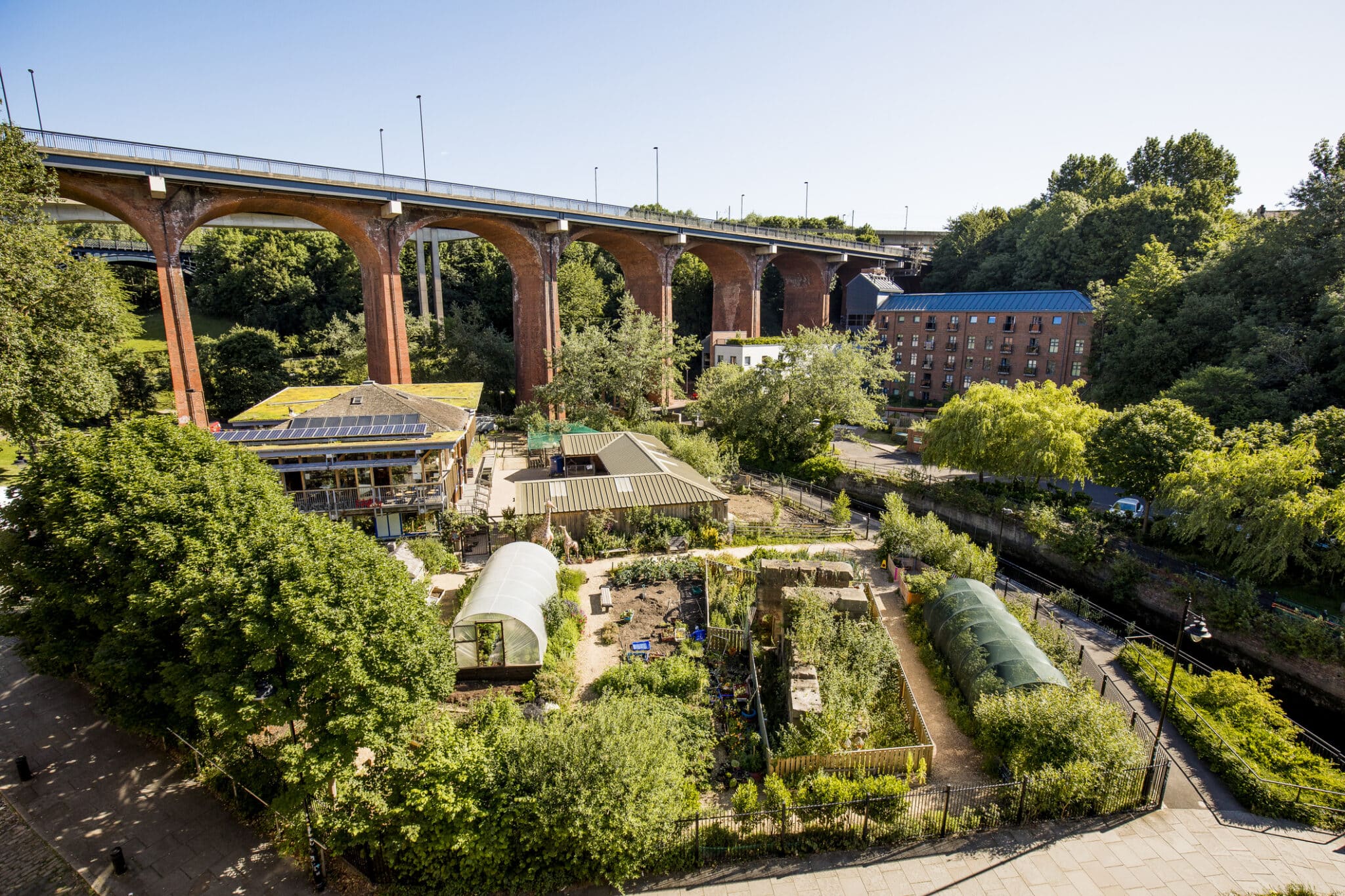Examine This Report on City Blooming
Wiki Article
10 Easy Facts About City Blooming Explained
Table of ContentsCity Blooming Can Be Fun For AnyoneNot known Facts About City BloomingA Biased View of City BloomingA Biased View of City BloomingCity Blooming Fundamentals Explained
Interested in growing food available for sale in the City of Chicago? Thinking regarding starting a neighborhood yard? Changes to the Chicago Zoning Regulation enable farming usages like area yards and urban ranches in many components of the city. Below is a list of frequently asked inquiries relating to the guidelines and laws that cultivators must consider when planning a city agriculture job.
The zoning modification does not modify any various other codes dealing with composting, structure licenses, purchasing or leasing City had residential property, business licenses or ecological contamination. There are existing codes that regulate these issues and they remain completely result and might apply to your task. Neighborhood yards are normally possessed or taken care of by public entities, public companies or community-based companies and kept by volunteers.
Urban farms grow food that is meant to be marketed, either on a nonprofit or for-profit basis. Due to their business purpose, metropolitan farms call for a service permit. Yes. An area yard is permitted to sell surplus produce that was expanded on website if the sales are accessory or secondary to the garden's primary objective explained above.
All about City Blooming
Composting is enabled but only for plant material that is generated and made use of on site. The amount of garden compost material can not surpass 25 cubic yards at any kind of offered time according to the requirements in 7-28-715 of the City's Municipal Code. Yes. Since the soil at many brand-new yard websites needs changing, garden compost, dirt, wood chips, or various other materials can be acquired to build or enhance the expanding space - fruit and vegtables.
If a structure authorization is required then the hoophouse will certainly be considered an accessory structure. You can figure out more about the building license requirements by calling the Division of Structures. The 25,000-square-foot size limit is planned to avoid a solitary community yard from controling a given block or click here for more diminishing the block's existing property or industrial personality.
The restriction does not use to yards found in Public Open Area (POS) areas. Can there be more than one community yard that is 25,000 square feet on a single block? Fence is not needed, nonetheless, gardens that have huge car park areas might be needed to mount fencing or other landscaping attributes.
Some Known Facts About City Blooming.
B1 & B2 districts require that all business usage activities be carried out inside. Is fencing needed for city farms? Fencings might be called for, along with landscape design and testing, for specific vehicle parking locations and outdoor job or storage areas depending on place and the particular activity taking location.Yes. Urban farms require building authorizations and zoning authorizations prior to construction. Various other types of city testimonial may be needed depending upon certain frameworks, tasks, size, landscaping, licensing, public health and stormwater administration issues. A number of these needs are determined in the job style or allowing procedure, nevertheless, the candidate might be accountable to separately recognize details licenses or allows that might be needed.
Yes. The sort of certificate is identified by what is occurring at the website. The Department of Company Matters and Customer Security can assist determine the details type of service permit that's called for. Yes. Off street parking is required for many industrial projects in Chicago. The needed number of garage is based on the number of employees servicing site and not the square footage of the expanding room.
Some Known Facts About City Blooming.

Yes. A metropolitan ranch can market garden compost product produced on site, nonetheless, the procedure must comply with the regulations in 7-28-715 of the Chicago Municipal Code. Yes. Aquaponic systems are enabled inside your home on city farms in lots of zoning areas. A zoning review and building permit is needed in order to install frameworks or systems and a business certificate is called for as defined above.
As much as 5 hives or nests of honey may be maintained as an accessory usage. Beekeepers have to sign up with the Illinois Department of Farming. For more details about the suggested zoning amendment you might contact the Division of Real Estate and Economic Advancement, Bureau of Preparation and Zoning at 312.744.8563.
, which takes location in rural locations at the edge of suburbs.
Get This Report about City Blooming
, that look for to form social networks started on a shared ethos of nature and area holism. These networks can develop by means of formal institutional assistance, becoming incorporated into local town planning as a "transition town" activity for sustainable urban advancement.In either situation, the extra direct accessibility to fresh vegetable, fruit, and meat items that may be realised through city agriculture can improve food safety and security and food safety while reducing food miles, causing lower greenhouse gas exhausts, thus adding to climate change reduction. A few of the very first proof of city agriculture originates from Mesopotamia.
Report this wiki page